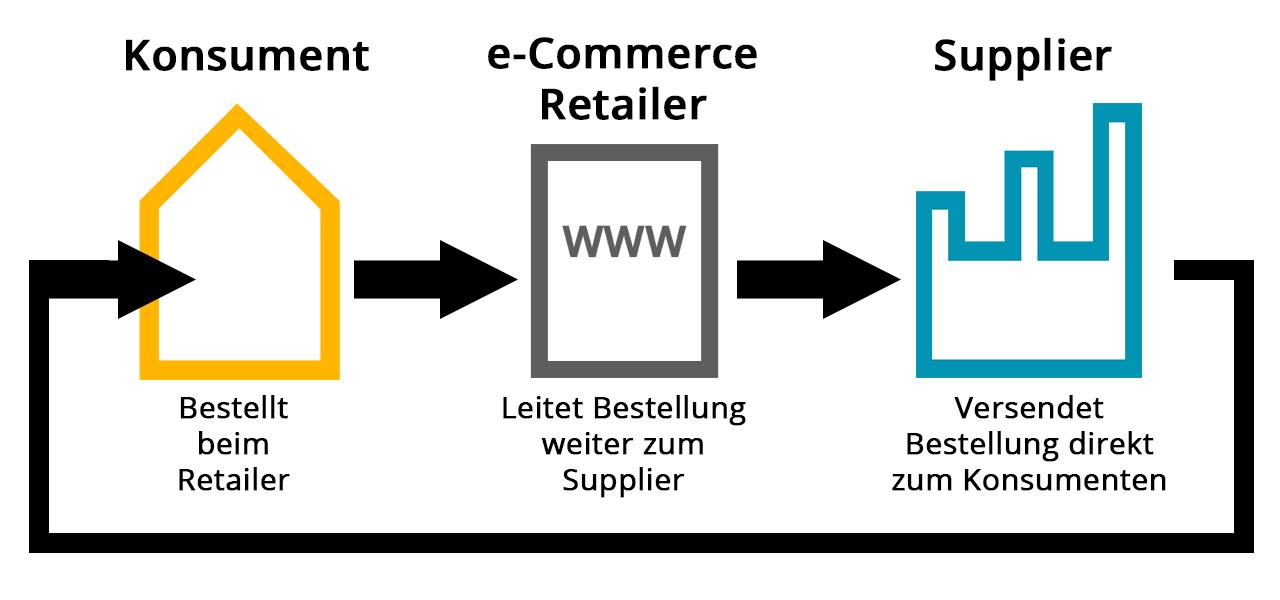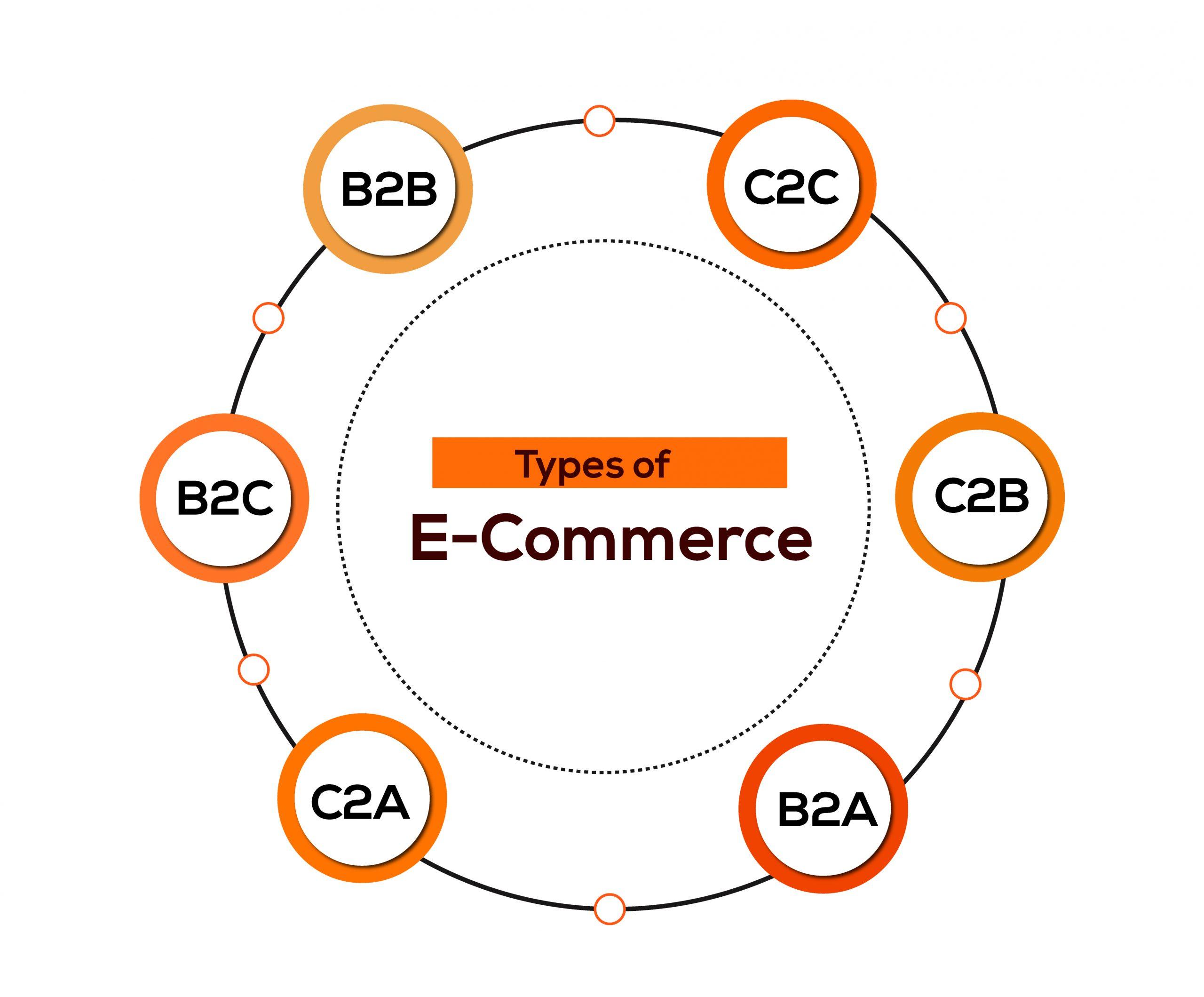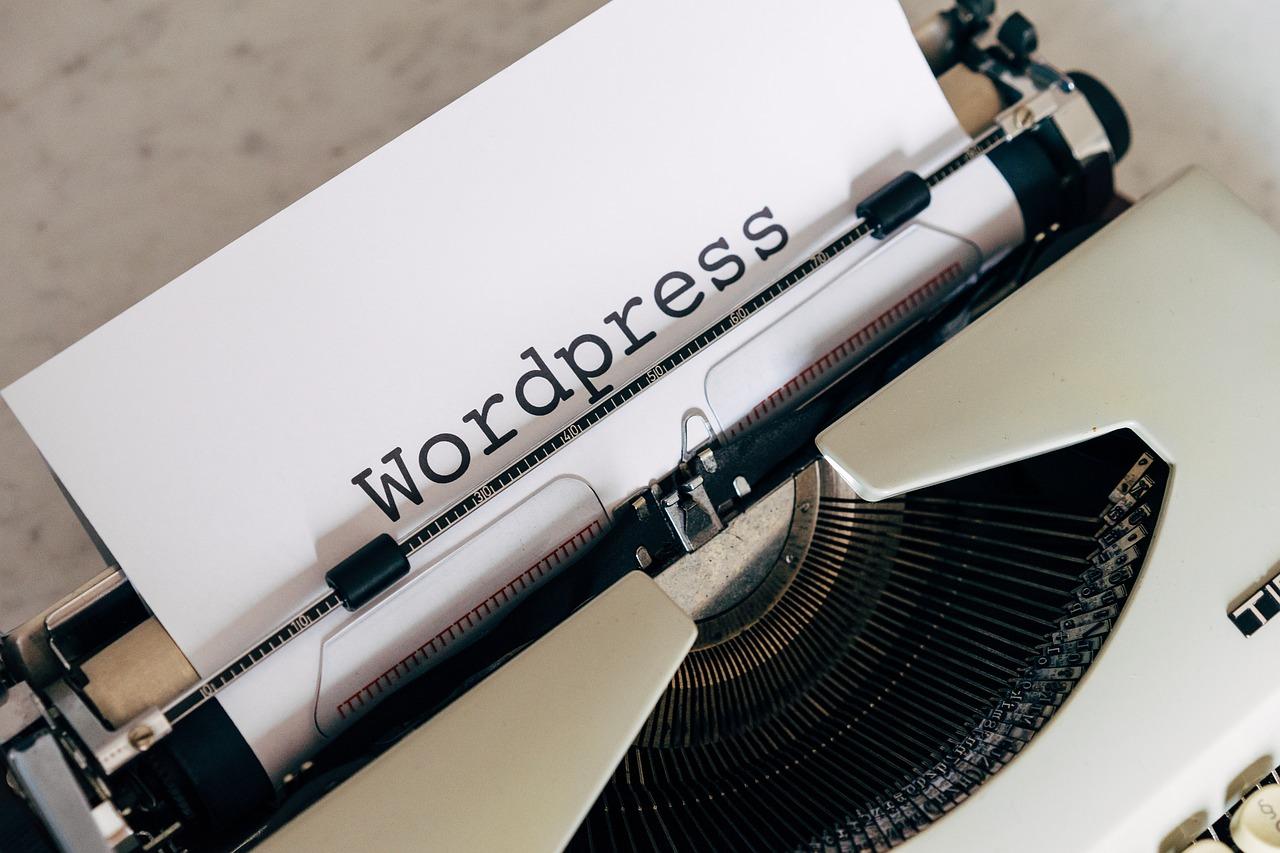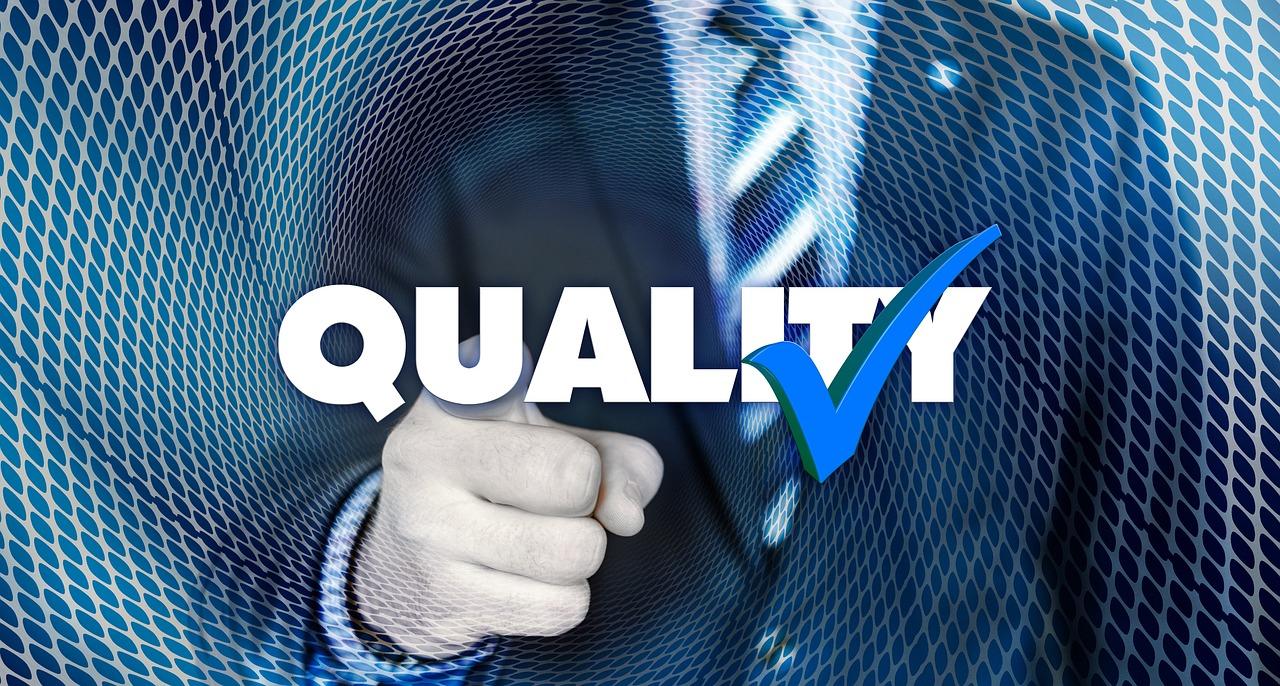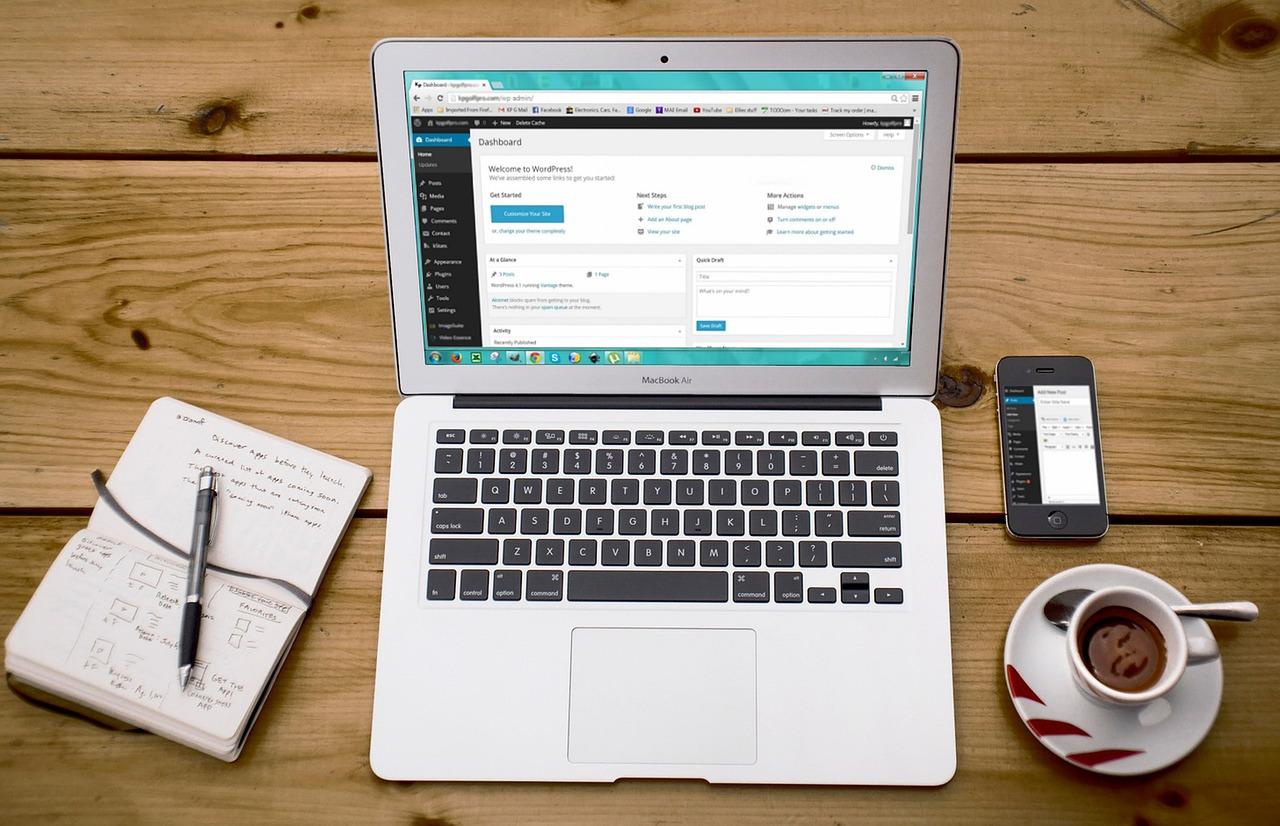Choosing the right Shopify pricing plan in 2024 can feel overwhelming, but it doesn’t have to be! Consider your business size, sales goals, and features you need. Let’s break it down so you can find the perfect fit and maximize your success!
Shopify Pricing Plans Explained: How to Pick the Right One in 2024
Are you ready to dive into the world of e-commerce but feeling a bit overwhelmed by the different Shopify pricing plans? You’re not alone! With so many options available, it’s easy to get lost in the fine print, especially when every dollar counts for your budding business. Choosing the right Shopify plan can make a significant difference in your online store’s success—affecting everything from your budget to your business growth potential. But don’t worry; we’re here to help! In this article, we’ll break down Shopify’s pricing plans for 2024, making it easier for you to select the one that aligns perfectly with your business goals. So, grab your favorite beverage, get comfortable, and let’s find the ideal plan to launch your e-commerce journey with confidence!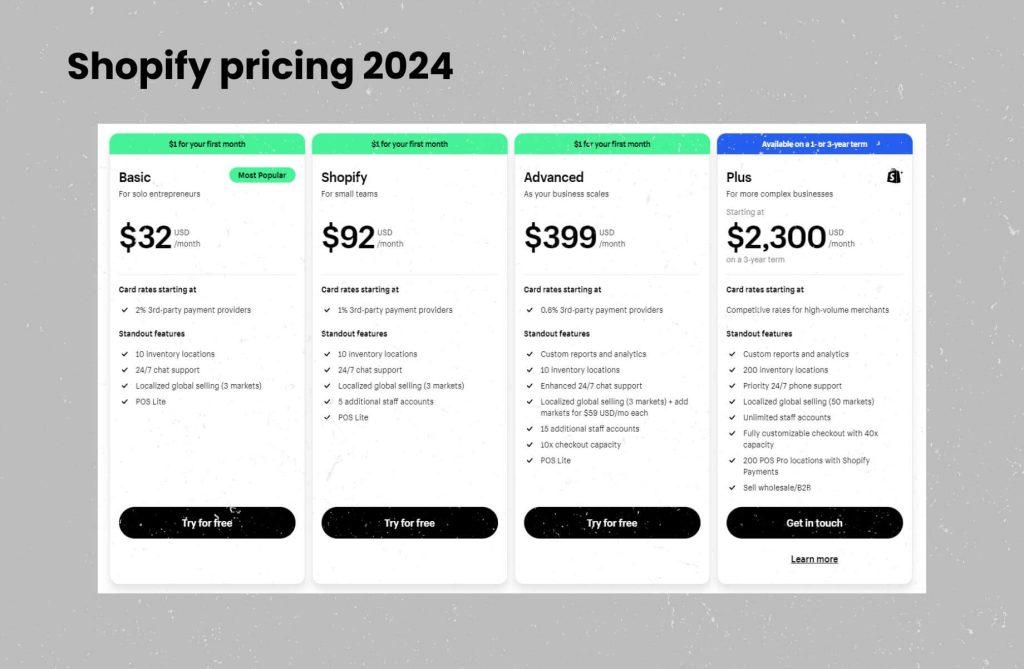
Understanding Shopifys Pricing Tiers and What They Offer
When diving into Shopify’s offerings, it’s essential to grasp the distinctive features of each pricing tier. Shopify provides multiple plans – each designed to cater to different business sizes and needs. Understanding these tiers can significantly influence your eCommerce success, making it important to choose wisely.
At the entry level, the Basic Shopify plan is perfect for new entrepreneurs. It allows you to set up a fully functional online store with essential features, including:
- Online store creation
- Unlimited products
- 24/7 customer support
- Sales channels across social media
This plan offers the fundamental tools needed to start your eCommerce journey without overwhelming you. As your business grows, you might find yourself considering an upgrade for added functionalities.
The next tier, Shopify, enhances your capabilities with additional features tailored for growing businesses. With this plan, you gain access to:
- Gift cards
- Professional reports
- Lower transaction fees
These features empower you to scale your store efficiently, allowing for more sophisticated marketing and sales strategies. If you’re looking to optimize your store’s performance, this tier is a viable option.
For established businesses experiencing significant growth, the Advanced Shopify plan offers advanced reporting tools and third-party calculated shipping rates. Key features include:
- Advanced report builder
- Custom shipping rates
- Lower credit card fees
This tier is designed for those who want to dive deeper into analytics and customize their shipping strategies, making it a robust choice for serious online retailers.
| Plan | Monthly Cost | Key Features |
|---|---|---|
| Basic Shopify | $39 | Unlimited products, 24/7 support |
| Shopify | $105 | Gift cards, professional reports |
| Advanced Shopify | $399 | Advanced reporting, custom shipping |
for those seeking the ultimate eCommerce solution, Shopify Plus offers a customizable option tailored for high-volume merchants. This tier includes:
- Enterprise-level features
- Dedicated account support
- Custom checkout experiences
Shopify Plus is perfect for brands that require extensive customization and scalability, providing a robust platform for large-scale operations.
Understanding these pricing tiers is crucial for making an informed decision. Each plan not only varies in price but also encompasses different features that can meet the specific needs of your business as it evolves. Take the time to assess your current requirements and future growth potential, ensuring that you pick the right Shopify plan that aligns with your vision.
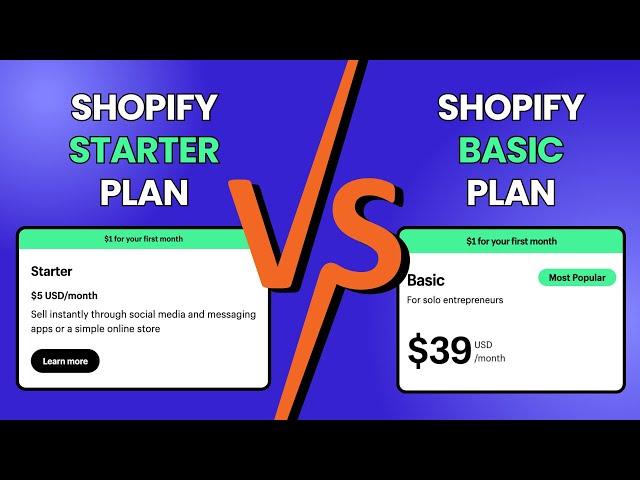
Key Features of Shopify Basic Plan: Is It Right for You?
Shopify’s Basic Plan is an excellent option for budding entrepreneurs and small business owners looking to establish their online presence without breaking the bank. This plan is designed to provide all the essential tools necessary to kickstart an e-commerce business while keeping costs manageable. Here’s what makes it stand out:
- Affordable Monthly Fee: At a competitive price point, the Basic Plan offers a budget-friendly solution for those just starting out.
- Online Storefront: You’ll get a fully customizable online store, allowing you to choose from a range of themes and layouts that reflect your brand’s identity.
- Product Management: Easily add, organize, and manage an unlimited number of products with the built-in inventory management system.
- Mobile Optimization: Your store will be mobile-friendly, ensuring a seamless shopping experience for customers on smartphones and tablets.
- 24/7 Customer Support: Access to round-the-clock support means you’re never alone when you encounter challenges.
Moreover, the Basic Plan includes essential features like a free SSL certificate to secure your transactions, which is crucial for gaining customer trust. Another notable feature is the ability to sell on social media platforms and online marketplaces, expanding your reach beyond your standalone website.
One of the most appealing aspects is the integrated blogging platform, which allows you to share updates, tips, and engaging content that can attract visitors and help with search engine optimization (SEO). Furthermore, the plan supports various payment gateways, enabling you to cater to a global audience.
| Feature | Details |
|---|---|
| Monthly Fee | $39 |
| Transaction Fees | 2.9% + 30¢ for online credit card rates |
| Number of Staff Accounts | 2 |
| Online Sales Channels | Unlimited |
if you’re looking for a robust, feature-rich platform that won’t overwhelm your budget, the Basic Plan could be the right choice for your e-commerce ambitions. It covers all the essential bases while providing room for growth as your business flourishes.
Exploring the Shopify Shopify Plan: Unlocking Growth Potential
When it comes to scaling your e-commerce business, choosing the right Shopify plan can be a game-changer. The Shopify plan is designed for those who are ready to elevate their online store to the next level. With a range of features aimed at boosting sales and enhancing customer experience, this plan is packed with potential.
Key Features of the Shopify Plan:
- Advanced Reporting: Gain deeper insights into your store’s performance with enhanced reporting tools that allow you to track sales trends, customer behaviors, and inventory levels.
- Professional Reports: Create professional-grade reports that can help in strategic decision-making, making it easier to pinpoint areas for growth.
- Third-Party Calculated Shipping Rates: Integrate with external shipping providers to offer your customers accurate shipping rates at checkout, enhancing their shopping experience.
- Unlimited Products: List as many products as you want without worrying about any limitations, giving you the flexibility to expand your catalog as needed.
- Gift Cards: Increase sales by offering gift cards, giving your customers a way to share your products with their friends and family.
Adopting the Shopify plan also means access to advanced tools that enhance your marketing efforts. With features like abandoned cart recovery and professional themes, you can create a compelling shopping experience that encourages conversions.
Furthermore, the Shopify plan allows for multiple staff accounts, meaning you can delegate responsibilities, streamline operations, and focus on what truly matters: growing your business. This collaborative environment can foster innovation and efficiency among your team.
For those concerned about payment options, the Shopify plan integrates seamlessly with various payment gateways, ensuring your customers have a smooth checkout experience. With lower transaction fees compared to lower-tier plans, you can enjoy higher profit margins on your sales.
the Shopify plan offers a robust platform that empowers businesses to unlock their full growth potential. With its rich feature set and flexible options, it’s an investment that can yield significant returns. Make sure to evaluate how these features align with your business goals to determine if this is the right choice for you.
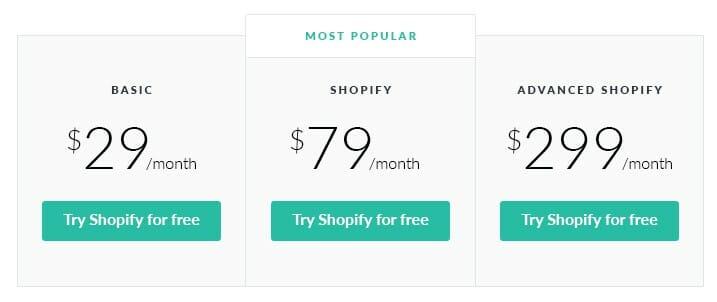
Diving into the Advanced Shopify Plan: When Is It Worth It?
When considering whether to upgrade to the Advanced Shopify plan, it’s essential to assess your business needs and potential for growth. This plan is designed for growing businesses that require more than just basic features but aren’t quite ready for a fully custom solution. Here are some key factors that can help you determine if this plan is the right fit for you:
- Higher Sales Volume: If your store is steadily increasing in sales and you anticipate hitting that sweet spot soon, the Advanced plan offers better transaction fees that can save you a significant amount over time.
- Additional Reporting Tools: This plan provides advanced reporting capabilities, allowing you to make data-driven decisions. If you need in-depth insights into your sales trends and customer behavior, these tools can be invaluable.
- More Staff Accounts: As you grow, having more hands on deck becomes crucial. The Advanced plan allows you to add up to 15 staff accounts, empowering your team to manage different aspects of your store effectively.
- Third-Party Shipping Rate Calculations: If you’re looking to streamline your logistics, the ability to integrate third-party shipping services can enhance your customer experience and help you save on shipping costs.
Another consideration is whether you plan to scale your business quickly. If you expect rapid expansion, the Advanced plan is designed to accommodate higher traffic and order volumes without compromising performance. Investing in the right plan now can prevent you from needing to switch later, which can be disruptive.
| Plan Feature | Basic Shopify | Shopify | Advanced Shopify |
|---|---|---|---|
| Staff Accounts | 2 | 5 | 15 |
| Transaction Fees | 2.9% + 30¢ | 2.6% + 30¢ | 2.4% + 30¢ |
| Reports | Basic Reports | Standard Reports | Advanced Reports |
Ultimately, the Advanced Shopify plan is worth it if you’re ready to leverage its features to grow your business. Consider your sales trajectory, the complexity of your operations, and how much you value comprehensive reporting and analytics. The right decision now can help set the stage for your business’s future success.
Comparing Shopify Plus: Is Enterprise-Level Right for Your Business?
When considering a move to Shopify Plus, it’s essential to understand whether this enterprise-level platform truly aligns with your business needs. Shopify Plus is designed for high-growth companies that require advanced features, enhanced support, and scalability. Before diving into a subscription, evaluate the unique demands and aspirations of your enterprise.
Key features of Shopify Plus include:
- Scalability: As your business grows, so does the platform, allowing you to handle increased traffic and transactions without a hitch.
- Customization: Enjoy greater flexibility in design and functionality, with access to Shopify’s APIs and a dedicated account manager.
- Integrated tools: Benefit from advanced features like scripts, automation, and personalized checkout experiences that optimize conversion rates.
- Multi-channel selling: Reach customers wherever they shop, from social media to online marketplaces, all from one powerful dashboard.
However, the decision to upgrade isn’t just about features. It’s also about understanding your business’s scale and the resources available to you. Shopify Plus is a significant investment, and with its starting price around $2,000 per month, you need to ensure that the potential return on investment justifies the expense. Here are a few considerations:
| Consideration | Questions to Ask |
|---|---|
| Business Volume | Do you anticipate high sales volume in the coming years? |
| Team Size | Do you have a dedicated eCommerce team to manage advanced features? |
| Growth Plans | Are you planning to scale significantly within the next year? |
| Budget | Can your budget accommodate the monthly fee and additional costs? |
For businesses that experience rapid growth, the benefits of Shopify Plus can be transformative. Enhanced support and tailored solutions help reduce downtime and streamline operations. If you find yourself constantly needing to upgrade or customize your current solution, then Shopify Plus might be the right fit.
Ultimately, the choice to switch to Shopify Plus should not be taken lightly. Conduct thorough research, engage with current users for insights, and assess your long-term objectives. If you’re poised at the brink of significant growth and prepared to invest in a comprehensive eCommerce solution, Shopify Plus could be the catalyst that propels your business forward.
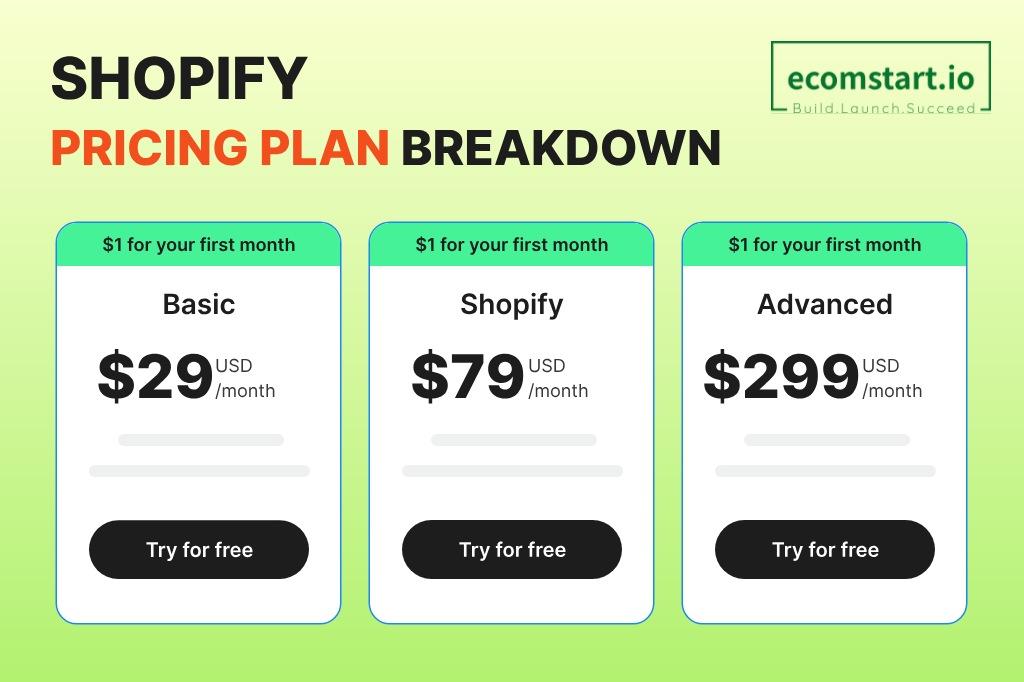
Hidden Costs to Consider When Choosing a Shopify Plan
When selecting a Shopify plan, it’s easy to focus solely on the monthly fees and the features being offered. However, there are often hidden costs that can sneak up on you if you’re not paying close attention. Understanding these potential expenses can help you make a more informed decision and avoid budget blowouts down the line.
First, consider transaction fees. Depending on the plan you choose, Shopify may charge a percentage on each sale you make if you don’t use Shopify Payments. These fees can add up quickly, especially for high-volume stores. Make sure to calculate these costs as part of your total expenses:
| Plan Type | Transaction Fee |
|---|---|
| Basic | 2.9% + 30¢ |
| Shopify | 2.6% + 30¢ |
| Advanced | 2.4% + 30¢ |
Another hidden cost to keep in mind is the app marketplace. While Shopify offers many built-in features, you might find yourself needing additional apps for enhanced functionality—such as email marketing, inventory management, or SEO optimization. These apps may come with monthly fees, which can accumulate and alter your overall budget. Review your anticipated needs and factor in these app costs when choosing your plan.
Don’t forget about credit card processing fees. Even if you opt for Shopify Payments, your payment processor will still take a cut of each transaction. These fees vary by region and can be a significant percentage of your sales. It’s crucial to research these rates and ensure they fit within your financial plan.
Lastly, consider the potential costs of upgrading your plan or switching themes. As your business grows, you might outgrow your initial plan or require more advanced features. Upgrading can incur higher monthly fees, and changing your theme may also come with its own costs, especially if you opt for a premium design. Always have a growth strategy in place, and anticipate these future investments.
By accounting for these hidden costs, you’ll be better equipped to choose a Shopify plan that truly aligns with your business needs and financial goals. Keep your eyes open for these expenses, and you’ll set yourself up for success in your e-commerce journey.
How to Align Your Business Goals with the Right Shopify Plan
Choosing the right Shopify plan is crucial to achieving your business goals. With various options available, aligning your specific needs with the features each plan offers will help you maximize your potential. Here’s how to ensure that your Shopify selection complements your business strategy.
First, assess your business size and growth trajectory. Are you a startup, or do you have an established customer base? If you’re just starting, you might consider the Basic Shopify plan, which provides essential features at a lower cost. On the other hand, if you’re expecting rapid growth, investing in the Shopify or Advanced Shopify plans could be worthwhile as they offer advanced reporting and scalability options.
Next, think about your product range and sales volume. If you plan to sell a limited number of products, the Basic plan may suffice. However, if you foresee expanding your catalogue significantly or selling digital products, the additional features in the higher plans, like gift cards and professional reports, could enhance your store’s capabilities.
Another critical factor is your marketing strategy. If you intend to focus heavily on SEO and marketing efforts, consider the Shopify plan that provides access to more advanced marketing tools. Features like abandoned cart recovery and professional reports become invaluable as you scale your marketing initiatives. Don’t overlook the benefits of integrating with third-party apps, especially if you’re on the Basic plan; they can help bridge the functionality gap.
Lastly, evaluate your budget against the expected ROI. While it might be tempting to select the cheapest plan, a higher-tier option could lead to better functionality and features that drive sales. As your business grows, the right plan can save you money in the long run by reducing transaction fees and offering better support. Consider creating a simple table to visualize the costs versus the benefits of each plan:
| Plan | Monthly Cost | Key Features |
|---|---|---|
| Basic Shopify | $39 | Online store, unlimited products, 24/7 support |
| Shopify | $105 | All Basic features + gift cards, professional reports |
| Advanced Shopify | $399 | All Shopify features + advanced reporting, third-party calculated shipping |
By understanding your business needs and the unique offerings of each Shopify plan, you can make a more informed decision. Align your goals with the right plan to not only save costs but also drive your business towards success!
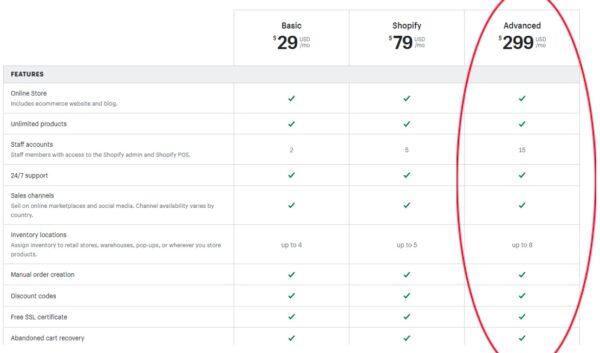
Tips for Transitioning Between Shopify Plans Smoothly
Transitioning between Shopify plans can feel daunting, but with a little planning and foresight, it can be a seamless experience. Here are some tips to help you navigate the process effectively.
Evaluate Your Needs: Before making any changes, assess your current business needs. Are you experiencing growth that necessitates more advanced features? Or perhaps you’re looking to cut costs? Understanding your business direction will guide you in selecting the most suitable plan.
Backup Your Data: Always back up your data before making any changes to your plan. This ensures you have a safe copy of your product listings, customer information, and order history. You can use Shopify’s export feature to download your data as CSV files, making it easy to restore if needed.
Check for Features: Different plans offer varying features. Make a list of essential features that you currently use and any additional ones that you may need. For instance, if you’re moving to a higher-tier plan, consider whether you need more staff accounts, advanced reporting, or shipping discounts.
Communicate with Your Team: If you work with a team, communicate the transition ahead of time. Make sure everyone is aware of the new features and how they can leverage them to enhance workflow. This will help ensure that the transition is smooth and that everyone is on the same page.
Schedule Your Transition: Timing is key. Choose a time to make the switch when business activity is relatively low. This minimizes any potential disruption and provides you with the opportunity to familiarize yourself with the new features without the pressure of a busy sales period.
Monitor Performance: After making the transition, closely monitor your store’s performance. Track how the new plan affects your sales, traffic, and overall operations. If you notice any issues or underperformance, be prepared to reach out to Shopify support for assistance.
By keeping these tips in mind, you’ll find that transitioning between Shopify plans doesn’t have to be a stressful endeavor. Embrace the changes and watch your business thrive!
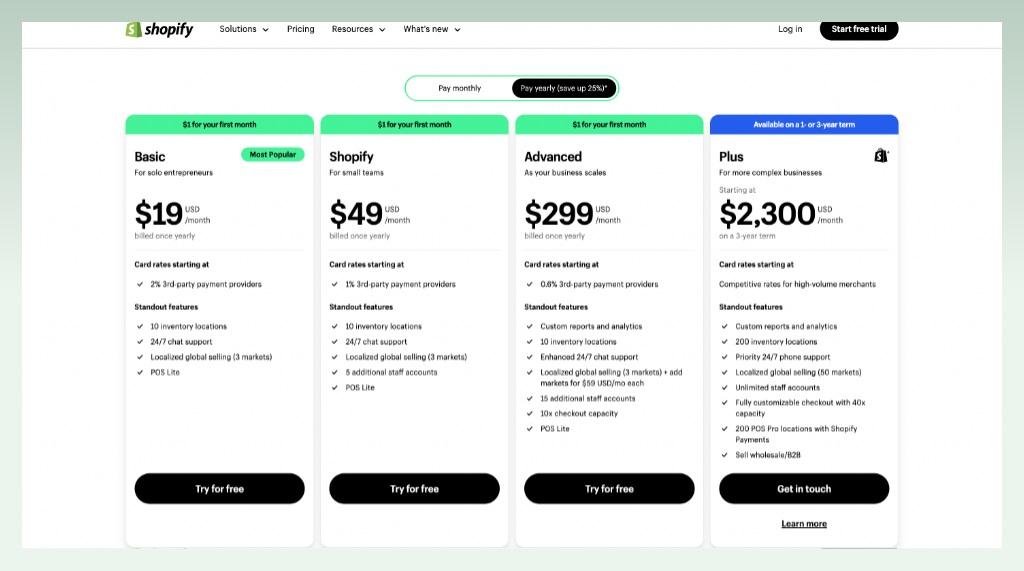
Maximizing Your Shopify Plan: Essential Apps and Tools to Consider
Choosing the right Shopify plan is just the beginning of your e-commerce journey; to truly unlock the potential of your store, you’ll want to leverage the best apps and tools available. With a plethora of options on the Shopify App Store, it can be challenging to navigate which tools are essential for boosting sales and enhancing customer experience. Here’s a breakdown of some must-have apps that can maximize your Shopify plan.
First up, consider integrating email marketing tools. Apps like Klaviyo or Mailchimp allow you to create targeted email campaigns that can significantly increase your conversion rates. These tools help you automate your marketing efforts and nurture customer relationships, ensuring that your audience stays engaged with your brand.
Next, don’t overlook the importance of inventory management. Tools like TradeGecko or Stocky can save you a lot of headaches by streamlining your stock processes. These apps provide real-time inventory updates, helping you prevent overselling and ensuring you have the right products available when customers are ready to buy.
For those looking to enhance customer support, consider using live chat applications like Tidio or Zendesk. These tools allow you to engage with customers in real time, answering their questions promptly and providing personalized assistance. A robust customer service strategy can lead to higher satisfaction rates and repeat purchases.
Additionally, if you’re focusing on boosting sales through upselling and cross-selling, look into apps like Bold Upsell and Frequently Bought Together. These tools help you suggest complementary products during the shopping experience, which can significantly increase your average order value.
| App Type | Recommended Apps | Key Features |
|---|---|---|
| Email Marketing | Klaviyo, Mailchimp | Automation, Segmentation, Analytics |
| Inventory Management | TradeGecko, Stocky | Real-Time Updates, Order Management |
| Customer Support | Tidio, Zendesk | Live Chat, Ticketing System |
| Sales Optimization | Bold Upsell, Frequently Bought Together | Upselling, Cross-Selling |
Lastly, investing in SEO tools like Plug in SEO can help you ensure that your store is easily discoverable. These apps provide insights into your store’s search engine optimization, helping you make necessary adjustments to improve visibility and attract more traffic.
As you explore your options, remember to take advantage of free trials where available. Testing these tools can help you determine which ones best fit your business needs and budget before committing. By strategically choosing the right apps and tools, you’ll be well on your way to maximizing your Shopify plan and driving your e-commerce success.
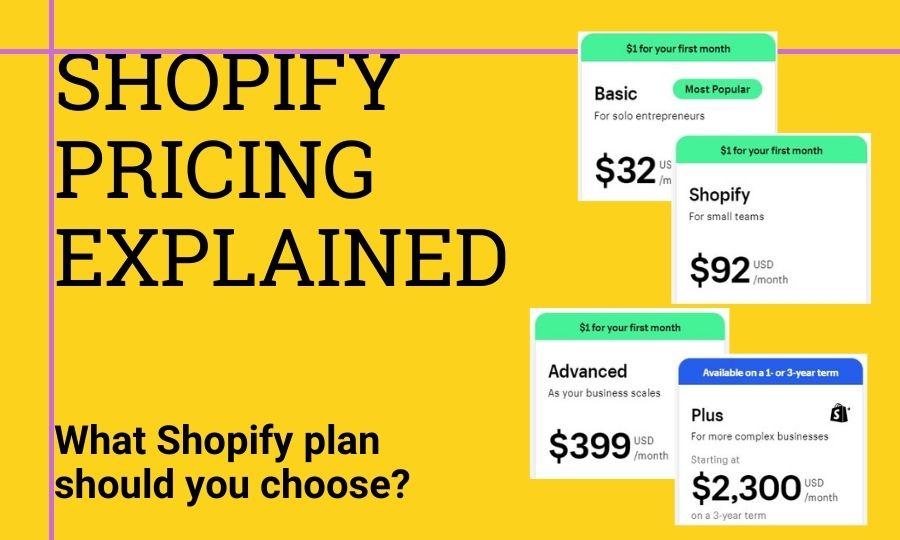
Final Thoughts on Choosing the Best Shopify Plan for Your Needs
Choosing the right Shopify plan is crucial for setting your online store up for success. Understanding your business needs and future growth potential can greatly influence your decision. Each plan comes with its own set of features, pricing, and benefits, and what works for one business may not be ideal for another. Therefore, take a moment to evaluate what aspects of an e-commerce platform are most important to you.
First and foremost, consider the scale of your business. If you’re just starting out, the Shopify Basic plan might provide all the tools you need without overwhelming you with features you won’t use. As your business grows, you can always upgrade to a more comprehensive plan that offers additional features like advanced reporting and gift cards.
Another factor to weigh is the type of products you’re selling. If your inventory is primarily digital or you’re managing a dropshipping model, you might not require all the features of higher-tier plans. However, if you’re dealing with physical products and require more robust tools for inventory management and shipping, opting for a plan with those capabilities will save you time and hassle down the line.
It’s also important to think about your marketing strategy. Plans that include enhanced reporting and SEO features can significantly impact your store’s visibility. If you plan to leverage social media and email marketing, features that facilitate these efforts may justify a higher price point. Be sure to explore the marketing tools included in each plan before making your choice.
Lastly, don’t overlook support and resources. Some plans offer 24/7 support and access to more resources like Shopify Academy. If you believe you’ll need guidance as you navigate the complexities of running an online store, consider investing in a plan that provides greater support. Here’s a quick comparison of support options across Shopify’s plans:
| Plan | Support Availability | Resources |
|---|---|---|
| Basic | 24/7 support via chat and email | Standard resources |
| Shopify | 24/7 support via chat, email, and phone | Enhanced resources |
| Advanced | 24/7 support via chat, email, and phone | Comprehensive resources |
assessing your specific needs and future goals will significantly assist you in making the right choice. Whether you’re drawn to lower costs or features that boost your operational efficiency and marketing efforts, the ideal plan is out there waiting for you. Take your time to research and align the plan with your vision, and you’ll be well on your way to building a thriving online business.
Frequently Asked Questions (FAQ)
Q&A: Shopify Pricing Plans Explained – How to Pick the Right One in 2024
Q: What are the main Shopify pricing plans available in 2024?
A: Great question! In 2024, Shopify offers several pricing plans to cater to different business needs: Basic Shopify, Shopify, Advanced Shopify, and Shopify Plus. Each plan comes with its own set of features and pricing, so there’s definitely something for everyone!
Q: How do I know which plan is best for my business?
A: It all comes down to your business needs and goals. If you’re just starting out and need essential features, the Basic Shopify plan might be perfect for you. However, if you’re looking for more advanced reporting and features to support larger sales volumes, you may want to consider the Shopify or Advanced Shopify plans. Don’t forget to think about your growth potential—choose a plan that will scale with you!
Q: What features are included in the Basic Shopify plan?
A: The Basic plan gives you everything you need to start selling online, including an online store, unlimited products, 24/7 customer support, and basic reporting. It’s a solid choice for new entrepreneurs who want to test the waters without breaking the bank!
Q: What about transaction fees? Are they different for each plan?
A: Yes, transaction fees vary by plan. While the Basic and Shopify plans charge a percentage fee on transactions, the Advanced Shopify plan has lower fees, making it a better choice for businesses with high sales volumes. If you opt for Shopify Plus, you can negotiate transaction fees directly with Shopify. So, if you’re anticipating a lot of sales, it might be worth considering a plan with lower fees!
Q: Does Shopify offer a free trial?
A: Absolutely! Shopify typically offers a 14-day free trial, which is a fantastic way to explore the platform and decide if it’s the right fit for you. During the trial, you can access most features and even start building your store. Just keep in mind that you’ll need to choose a plan to continue after the trial ends!
Q: Can I switch plans later if my needs change?
A: Definitely! Shopify makes it easy to switch between plans as your business grows. You can upgrade or downgrade your plan at any time, so you’re never stuck in a plan that doesn’t suit your needs. This flexibility is one of the reasons why many online entrepreneurs love Shopify!
Q: What about additional costs I should consider?
A: Great point! While the pricing plans cover the core functionalities, you might want to budget for additional costs like premium themes, apps from the Shopify App Store, and payment processing fees. Always factor these into your overall financial planning to ensure you have a clear picture of your expenses.
Q: Is there any way to save on Shopify pricing?
A: Yes! One of the best ways to save is by paying annually instead of monthly. Shopify offers discounts for annual plans, which can lead to significant savings in the long run. Additionally, keep an eye out for promotional offers or discounts that Shopify may provide throughout the year.
Q: How can I make the most of my chosen Shopify plan?
A: To maximize your Shopify experience, take advantage of all the features offered in your plan. Invest time in learning how to use Shopify’s tools—like SEO optimization, marketing integrations, and analytics. The more you utilize what’s available to you, the better your chances for success!
Q: Should I consult with someone before making a decision?
A: If you’re feeling overwhelmed, it can definitely help to consult with a Shopify expert or even reach out to their support team. They can provide insights based on your specific business model and goals, ensuring you make an informed decision that aligns with your vision for success.
By understanding the ins and outs of Shopify pricing plans, you’ll be well-equipped to choose the perfect option for your business in 2024. Remember, the right plan can set the stage for your online success, so take your time, evaluate your needs, and make the choice that’s best for you! Happy selling!
Final Thoughts
As we wrap up our deep dive into Shopify’s pricing plans, it’s clear that choosing the right one can significantly impact your online business journey. With options tailored to suit every budget and business size, you have the power to select a plan that aligns perfectly with your goals. Remember, it’s not just about the price tag; it’s about finding the features and support that will help you thrive.
Before you make your decision, take a moment to reflect on your unique needs and future aspirations. Consider factors like the scale of your operations, your budget, and the specific tools you’ll need to succeed. Whether you’re just starting out or looking to scale up, there’s a Shopify plan that can set you up for success in 2024.
So, are you ready to take the plunge and elevate your e-commerce game? With the right Shopify plan in your corner, you can turn your online store dreams into reality. Don’t hesitate to revisit this guide as you weigh your options and feel free to reach out with any questions. Happy selling, and here’s to a prosperous year ahead!

